“There is a humanity to hand lettering that is difficult to generate with pixels”
This autumn, the Lettering and Commemorative Arts Trust is set to hold Cutting a Dash: an exhibition showcasing the work of 15 female letter carvers. The show aims to highlight the beauty of traditional letterforms, and show how the craft is still relevant for designers and typographers today.
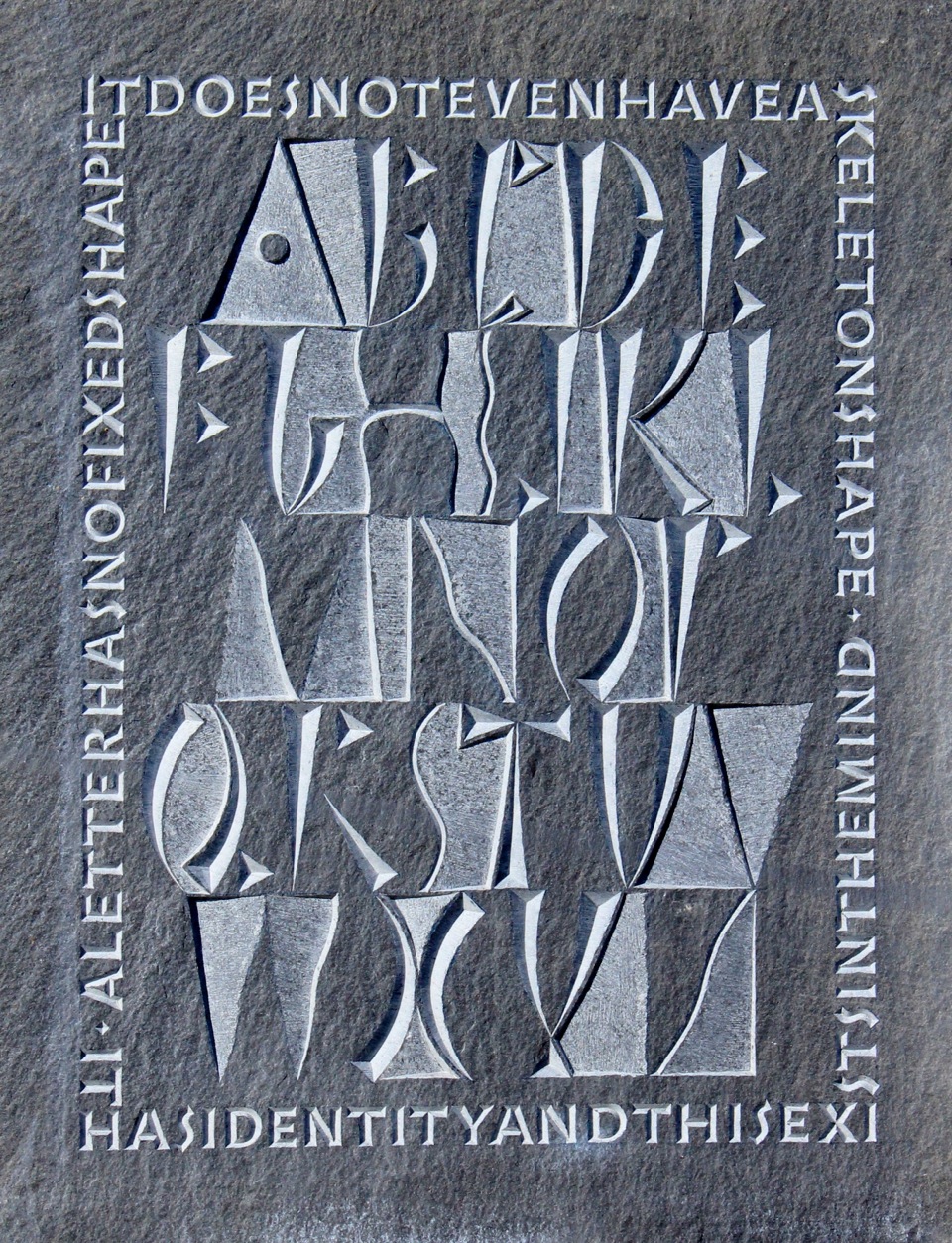
While designers today may pay close attention to the kerning and tracking of letters on a screen, one arts trust wants to remind people that the traditional craft of letter carving shouldn’t be forgotten either.
The Lettering and Commemorative Arts Trust is a group that advocates for appreciation and education of the skill of letter carving.
This September, it will open Cutting a Dash – The Female Line: an exhibition which will showcase the work of fifteen female letter carvers, who have created engravings set in a range of materials.
Items on show will include carved slate, stone, wood, glass and ceramics, alongside panels, bowls, pots and plinths.
“Lettering is about taking time”
Sarah Harrison, executive director of the trust, says that the value of such craft lies in its tangibility.
“Everything today is so immediate,” she says. “Lettering is about taking time, and it offers a permanence and heritage. Things created out of stone, wood and metal – like memorials – often outlast us and will speak to the next generation.”
Showcasing women’s work
But why does the exhibition focus on women’s work? “The notional thought of letter carving is one of stone quarries, chisels and hammers, which aren’t necessarily associated with women,” Harrison says. “But there are a lot of successful, creative women in the field and we want to show they’re out there doing wonderful things.”
The carvers featured in the show have worked on projects ranging from large-scale architectural buildings like the National Gallery and British Museum through to intricate memorials, plinths and headstones such as that of Richard III.
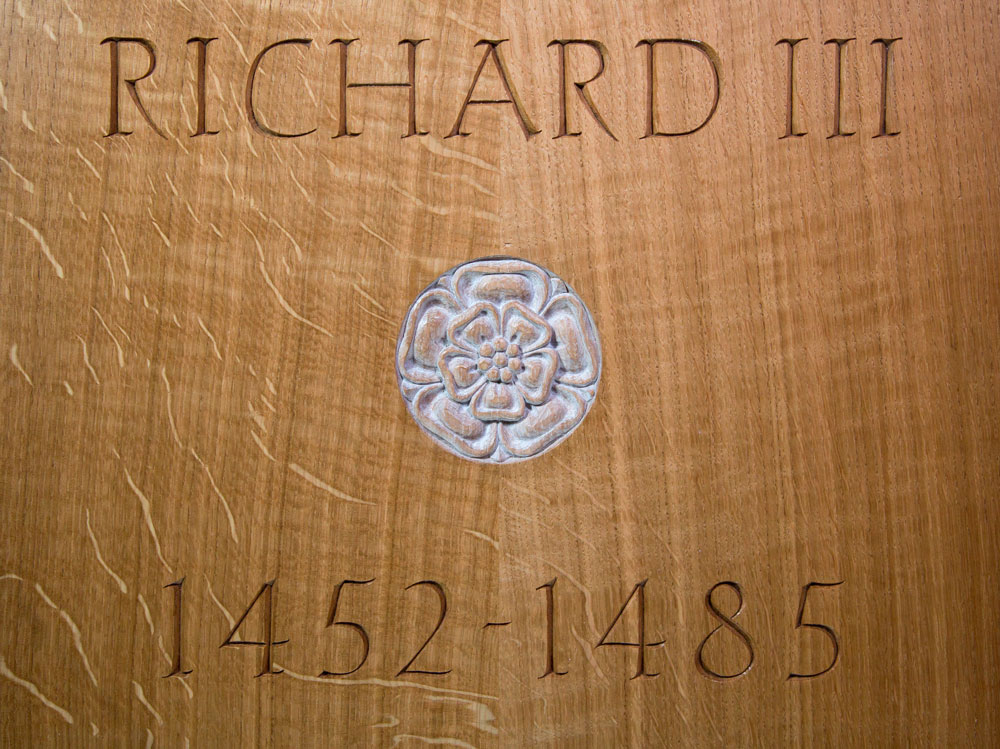
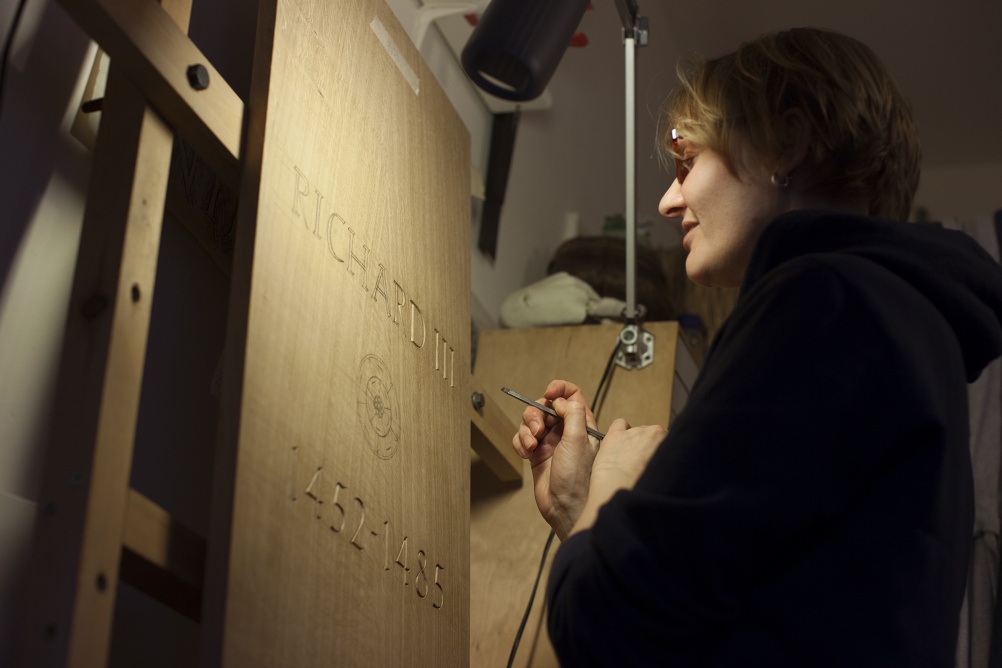
The exhibition is co-curated by lettering trust members Charlotte Howarth, Annet Stirling and Brenda Berman, who are also contributing artists in the show.
“Much more than just memorials”
Howarth says that the show aims to show visitors that engravers are capable of “much more than just memorials”.
“I do everything from work of enormous scale to tiny, delicate carvings,” she says. “Memorials are my bread and butter, but I’ve also done public artworks where I’ve been the only woman on a brickwork building site out of over 100 men.”
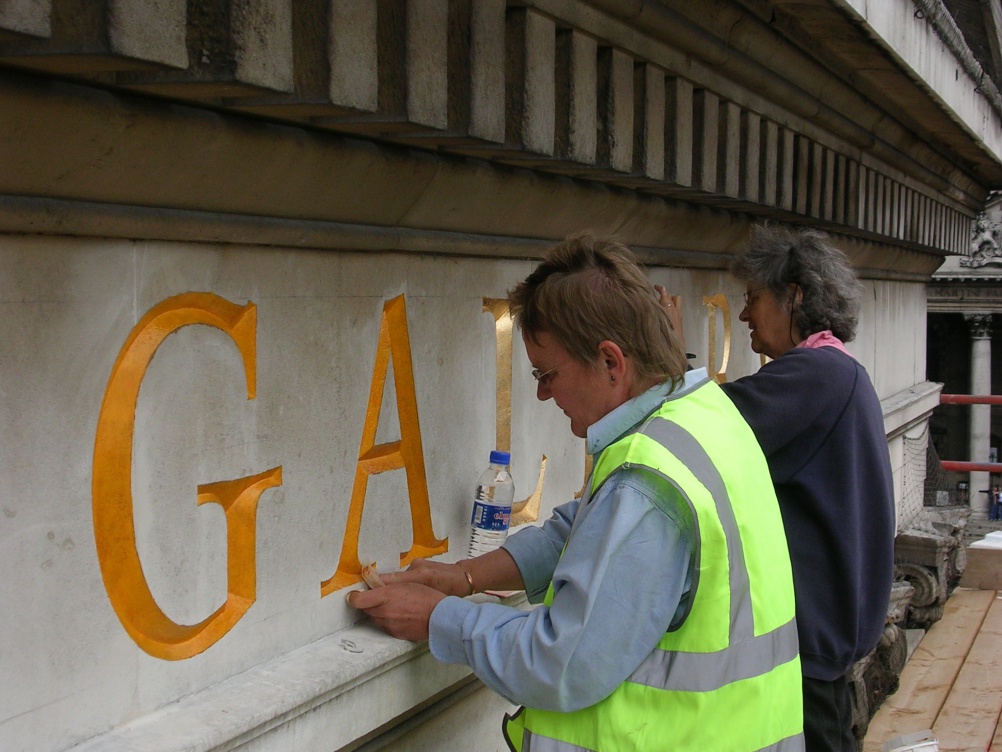
Versatile skills
It’s not just different settings that carvers have to adapt to, but also different materials: Howarth adds that the ability to carve lettering is a versatile, transferable, and changing skill.
“If you can draw a letter, you can apply it to almost any material,” she says. “But different materials require different letterform expressions. With slate, you can have an incredibly fine letter, because every little scratch is noticeable. With a courser stone like sandstone, there isn’t that degree of fineness, so you have to attune your lettering accordingly.”
Alongside this, you develop creativity, empathy and project management skills as a traditional letter carver, Howarth says.
“The ability to take an idea from inception through to completion is a real skill,” she says. “You also need a great deal of sensitivity when working with people on memorial projects, and have to learn to listen and understand. You develop creativity by constantly looking for new ways to play with letters.”
Traditional and digital tools hand-in-hand
The lettering trust is keen to show that these skills are not ones that should be replaced by digital tools, but instead work collaboratively alongside them.
Annet Stirling, co-curator of the show and co-founder at letter carvers Incisive Letterwork, says that there are benefits to combining both: she has worked on projects where she has hand-drawn templates, which have then been used to create digitalised engravings or to laser-cut steel.
“I think that hand-drawn lettering gives a softer, less mechanical feel than blown-up typographic letters,” Stirling says.
“Incisive Letterwork has done drawings for schemes that have then been digitalised and manufactured, such as the Jubilee Sun Dial opposite the Houses of Parliament, which was both bronze cast and sand-blasted.” She adds that many lettering designers are now experienced in digitalising their own handiwork.
“An inherent humanity to hand lettering”
Creating lettering by hand also adds a level of authenticity to the work, says Mark Noad, chairman of Letter Exchange, an organisation for professional letter cutters and calligraphers.
“Contemporary hand lettering influences the more commercial design world as a reaction against the ‘perfection’ of a digitally-produced design,” he says. “There is an inherent humanity to hand lettering that is difficult to generate with pixels.”
And while the skill is “traditional”, this is not to be confused with out-dated, he adds.
“The assumption is, that, because letter cutting is traditional, what is produced is not contemporary or modern, which is not the case,” Noad says. “Hand-drawn letterforms of contemporary letter cutters and calligraphers are hugely influential in typeface design and graphic design in general.”
The lettering trust’s executive director Harrison adds: “One of our charitable aims is to introduce the art of lettering to as wide a selection of the public as possible. We want to make people realise it doesn’t have to be done by machine.”
“Lettering is a form of expression”
And ultimately, the main aim of the show is to ensure that this influential craft is passed down through the generations, and is not lost in a sea of digitally-enhanced typefaces.
“This type of learning isn’t always valued, and it takes a long time to learn,” says co-curator Howarth. “Lettering is a form of expression, and to lose this ability to express would be a great shame. We’d like to see more opportunities for training to keep the skill passed on.”
Cutting a Dash – The Female Line takes place from 11 September – 7 November 2015 at the Lettering Arts Centre, Snape Maltings, Snape, Saxmundham, Suffolk IP17 1SP.
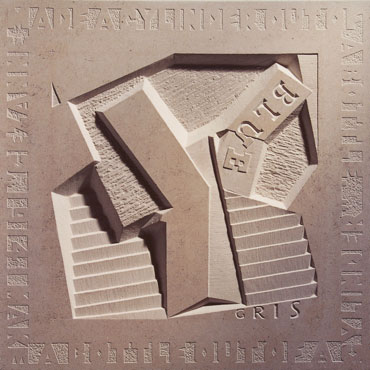
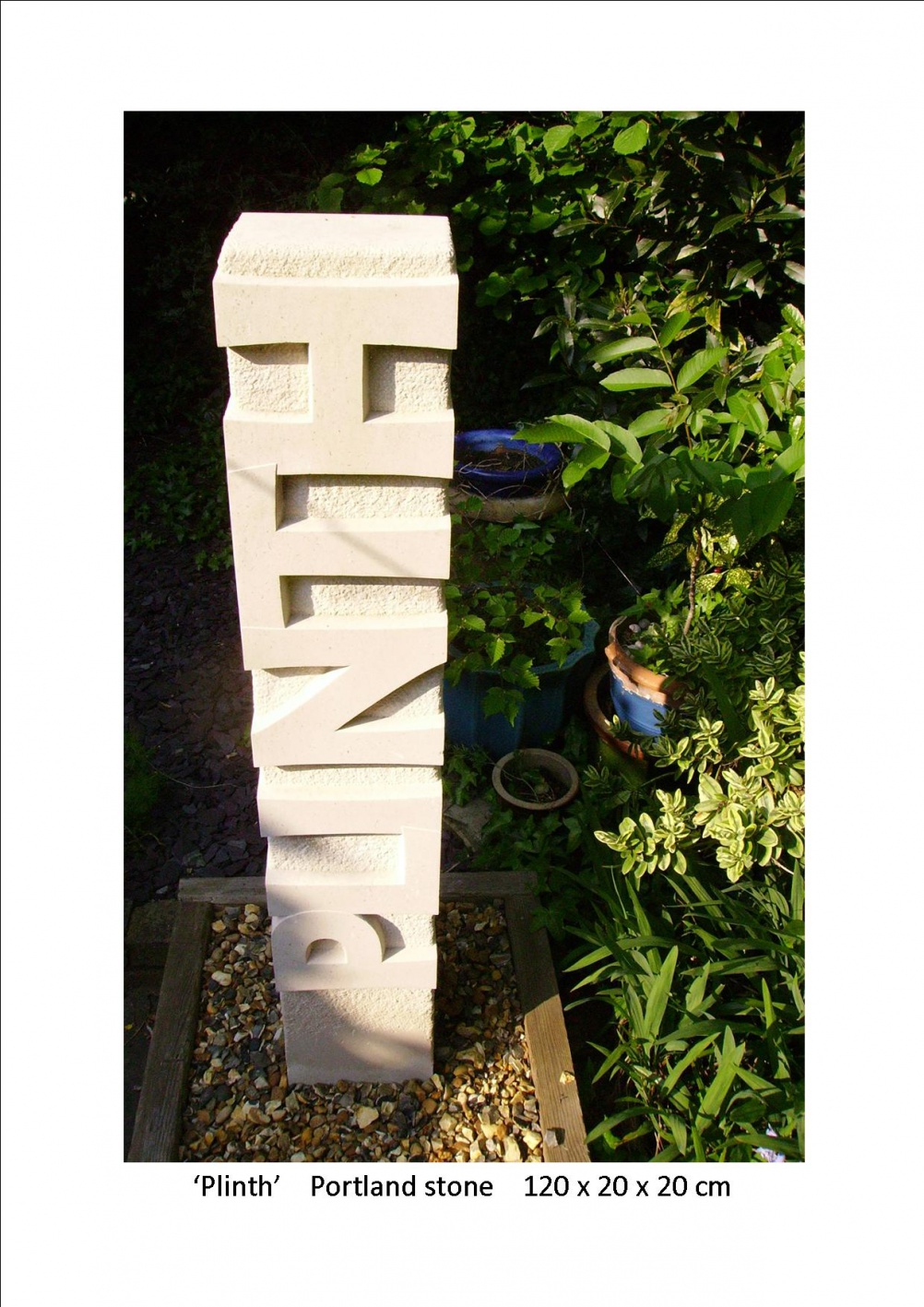
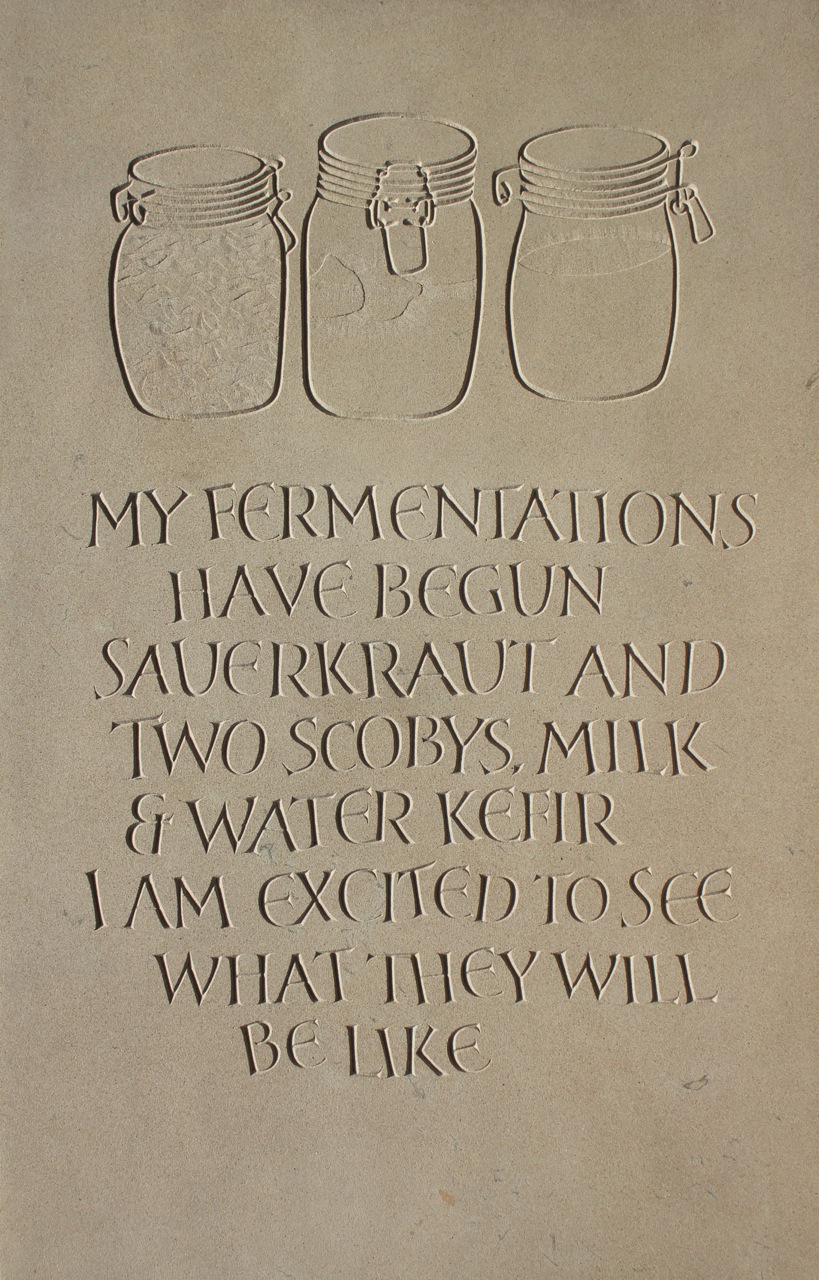
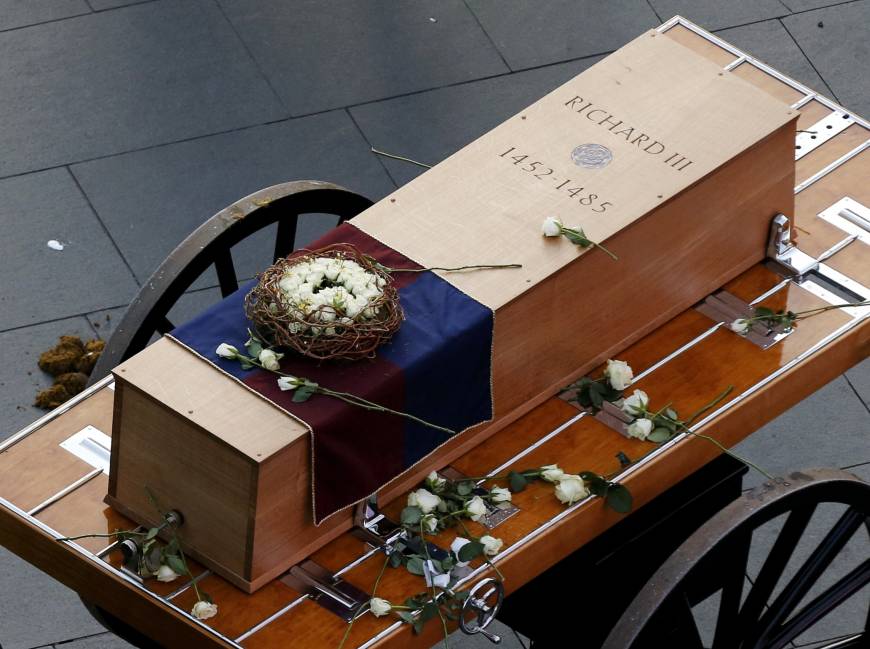
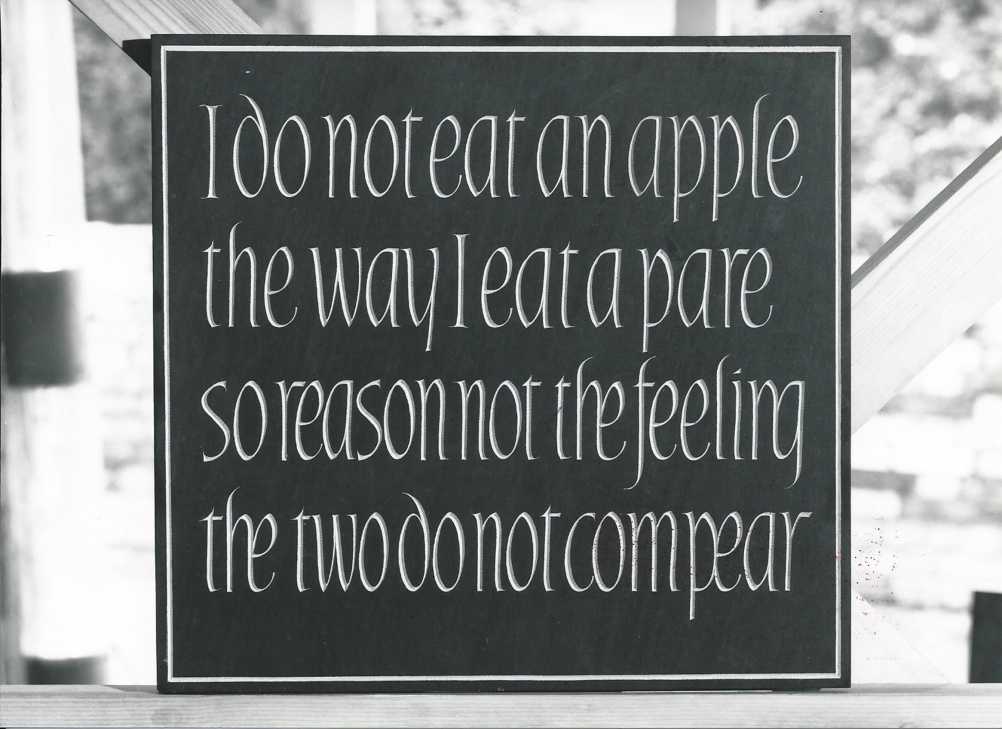
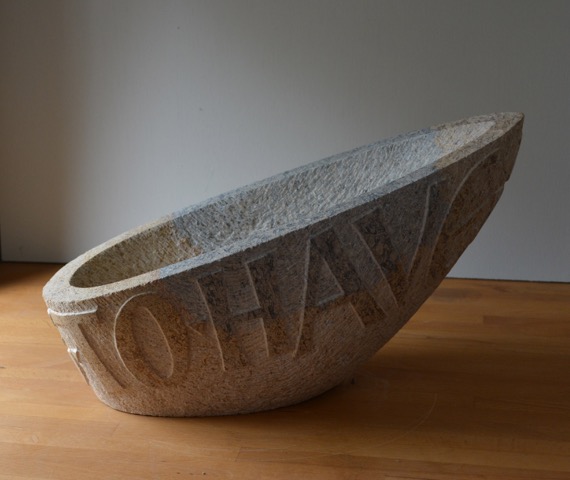
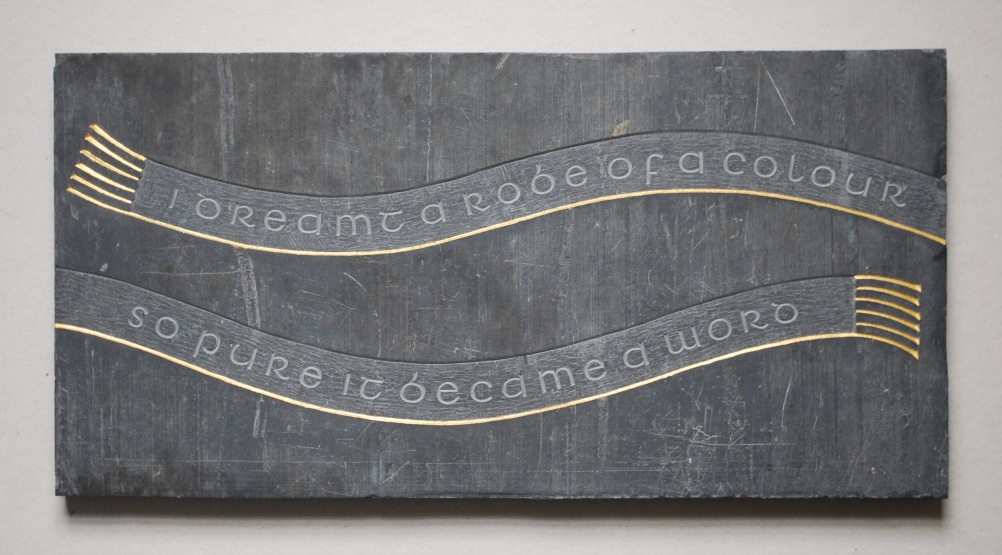

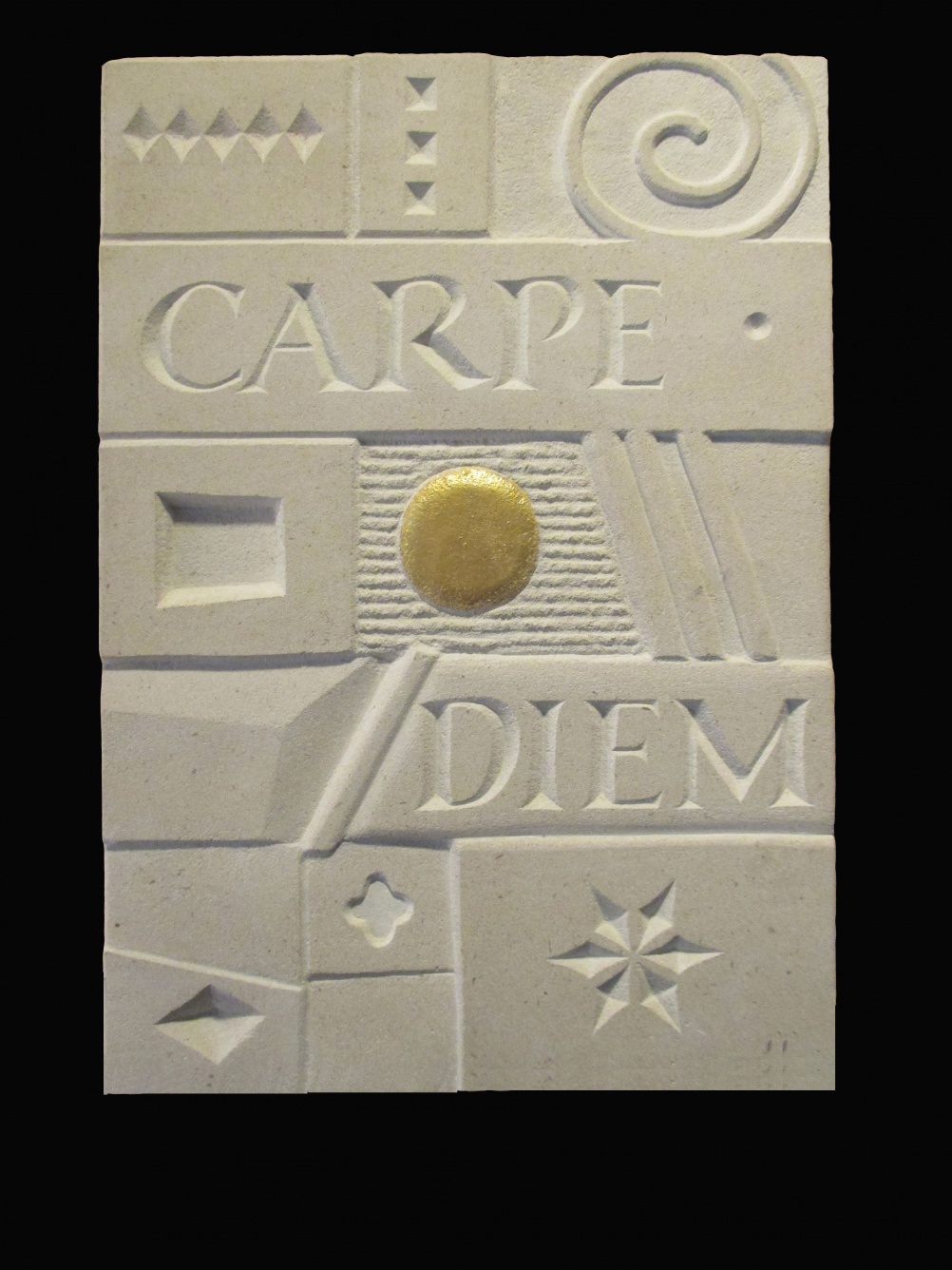
-
Post a comment




